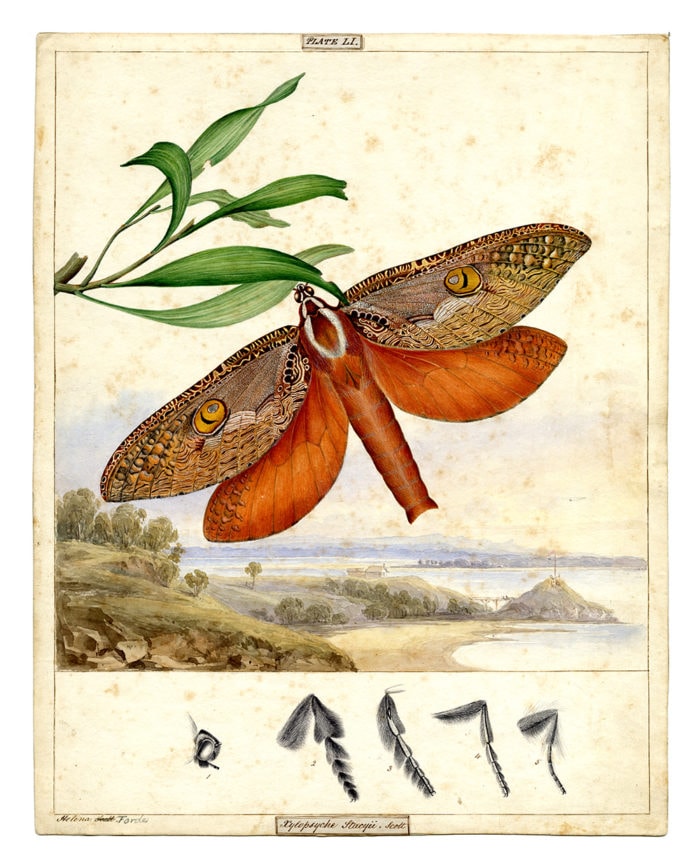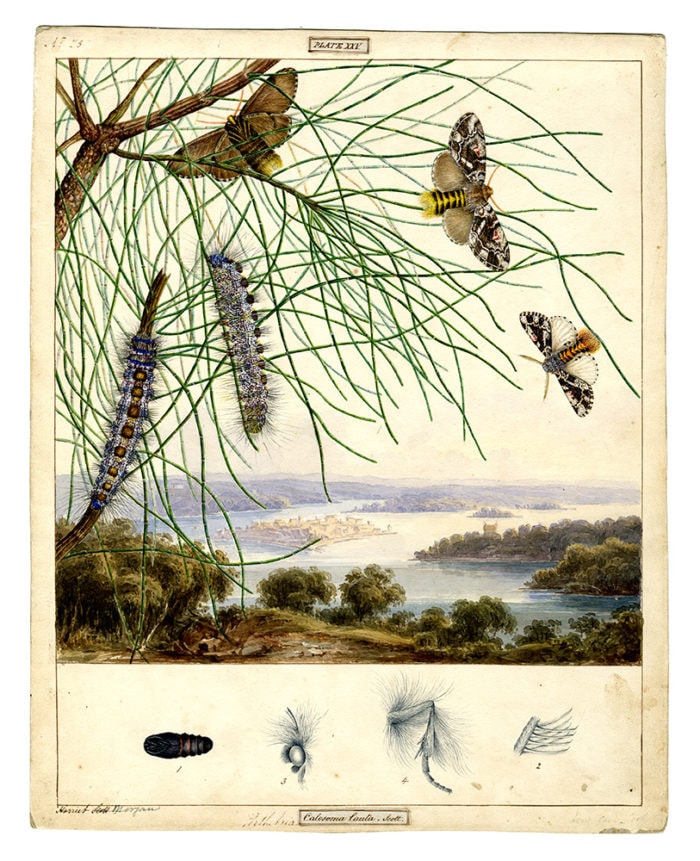Meet Harriet and Helena Scott, colonial Sydney’s finest natural history artists

HARRIET AND Helena Scott were among the first natural history illustrators in colonial Sydney, when European settlers were just getting to know the environment, and its flora and fauna.
A new book Transformations by Australian Museum archivist Vanessa Finney aims to shed light on their brilliant lives and careers as professional artists.
The first exhibition of the sisters’ works took place at the Australian Museum back in 2011, then a second exhibition took place in 2017 and only just completed a regional tour.
“In 2011, we were just introducing people to the sisters. In the 2017 exhibition, we gave each sister one side of the gallery and showcased them as different artists,” says Vanessa.
The book, Vanessa says, is a turning point in our understanding of the sisters’ works, with more context and a curation of illustrations and paintings that allows the readers to fully appreciate the sisters’ technique.
“I want people to know how it fits into the story of art and science in colonial Sydney and I want people to be able to sit and look at the paintings, side by side, flipping backwards and forwards.”

Bent-wing swift moth. (Image credit: Helena Scott, courtesy of the Australian Museum)
Many women were taught to paint, but what sets the Scott sisters apart, Vanessa says, is their eye for science. “They took on the science of the project, collected the insects, and documented them with an artistic, but also scientific eye.”
The two sisters lived together on Ash Island, situated in the Hunter River, for 20 years, where their interest in natural history was encouraged by their father.
They assisted their father in researching, writing and illustrating Australian Lepidoptera and their Transformations (1864) for which they received an honorary membership of the Entomological Society of NSW.
Telling one sister’s artwork apart from another’s is a hard task, says Vanessa. “They are so incredibly similar it’s bizarre, they seem to have developed the style together. It sounds impossible but it’s actually true. You really can’t tell the difference.”

The view is taken from the north shore of Port Jackson, looking across the Parramatta River and up Long Cove. (Image credit: Harriet Scott, courtesy of the Australian Museum)
After leaving Ash Island following their father’s bankruptcy, the sisters had to sell their artworks, which made them among the first female artists to be paid for their work in Australia.
It’s only over the last decade that the talent of the two Scott sisters has been fully recognised. “They were well respected as botanical and natural history artists while they were working, but I think that the second life of the paintings through the exhibitions and the book has brought the story to a wider audience,” says Vanessa.
“It’s also valuable that we can now digitally scan the works and enhance them and blow them up so you see more of the detail of the paintings and see how technically adept they were as well. People can now fully appreciate the scope of what they were doing and how ambitious it was.”
Transformations: Harriet and Helena Scott, colonial Sydney’s finest natural history painters by Vanessa Finney, NewSouth, RRP AUD $49.99/NZD $59.99.




